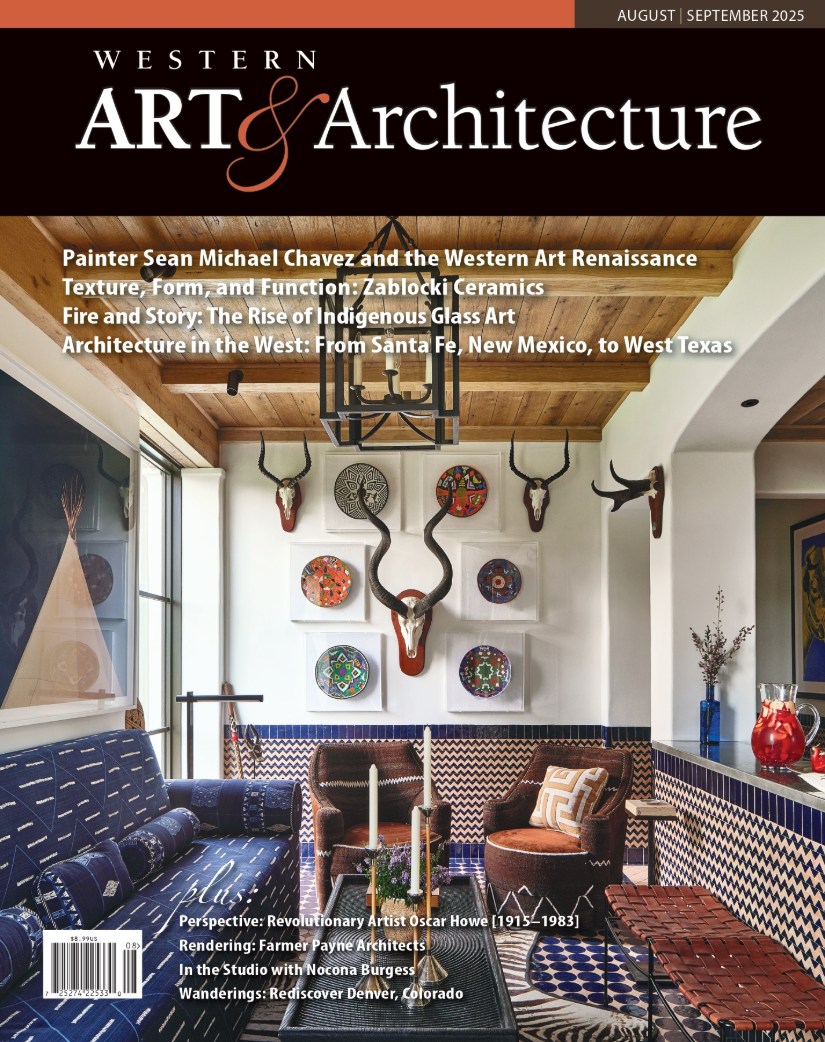
06 Sep Publisher’s Note: Collecting in Black and White
Etchings are a significant part of the art world. Too often, however, they stand in the shadow of paintings and sculptures. We can fix that.
I saw my first George Elbert Burr etching probably 25 years ago. I was immediately taken by its quiet fineness. He was a master of the medium, and his precision and delicacy were astounding.
Born in Iowa in 1859, Burr moved to New York City in 1888, where he began working for Frank Leslie’s Illustrated Newspaper. As a staff illustrator, he accompanied President Benjamin Harrison in 1891 on his historic 10,000-mile trip through the South, Southwest, and the Pacific.
A few years later, Burr spent four and a half years traveling with his wife in Europe and Great Britain, producing more than a thousand sketches and paintings. He began living in the West in 1906 when he moved to Denver, where he spent 18 years until moving to the Arizona desert in 1924.
The subjects of his etchings were wide-ranging, but he was most successful with his images of the American Southwest. Burr’s Arizona, Colorado, and New Mexico landscapes represent his most substantial body of work, demonstrating an extraordinary focus on the desert. In 1921, while in Denver, he completed the copper plates for the Desert Set. According to Peter S. Briggs, in the book George Elbert Burr, The Desert Etchings, these 35 images have “dominated contemporary appreciation of his work.”
During his lifetime, Burr enjoyed incredible success, with more than 600 of his works going into some twenty museum collections, an extraordinary accomplishment for any living artist.
A distinguished art expert told me long ago that the collecting life is often comprised of cycles. A collector usually begins with paintings, then better paintings, before moving on to sculpture and then advancing to drawings and etchings. Many of the more sophisticated collections conclude with acquisitions of fine art masterworks such as Burr’s Soapweed — Arizona. Fortunately, such works can be some of the most affordable and rewarding acquisitions of our collecting lives.
Happy hunting!
Tim Newton, Publisher
tim@westernartandarchitecture.com
George Elbert Burr created art “not to please fashion or make money, but to interpret the things that stirred him the most deeply.”
— Arthur Millier [1921–1975], Art Editor, Los Angeles Times






No Comments